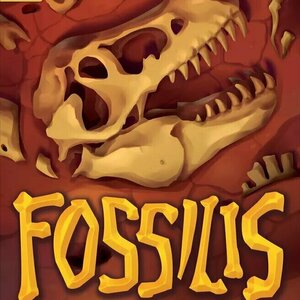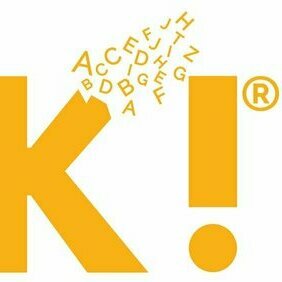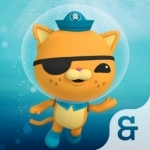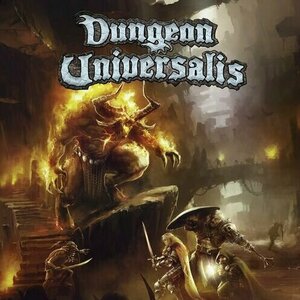
Dungeon Univeralis
Tabletop Game
A classic Dungeon Crawler board game for 1 to 6 players (Age 12+). The game includes many game...
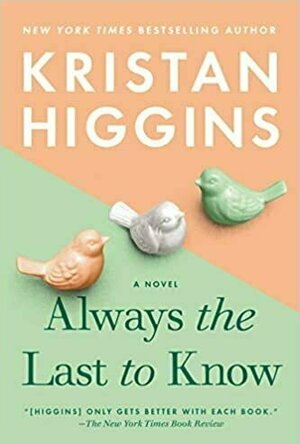
Always the Last to Know
Book
Sometimes you have to break a family to fix it. From New York Times bestselling author Kristan...

My Football Pro HD
Sports and News
App
My Football was the first football app in the App Store dating back to 2008. My Football Pro has...

Kids games for 2 - 4 year olds
Education and Games
App
- Educational game for toddlers and kids of 2 – 4 years old - Sort and classify objects by shape,...
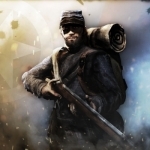
Noblemen: 1896
Games
App
The year is 1896, and war has begun... To your right, Militia are cut down by saber wielding...
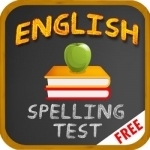
English Spelling Test: 500+ Flashcards Vocabulary
Education
App
*** A GREAT ADDITION TO YOUR EDUCATIONAL APPS COLLECTION - The iPhone Mom Spelling Test with Nouns...
